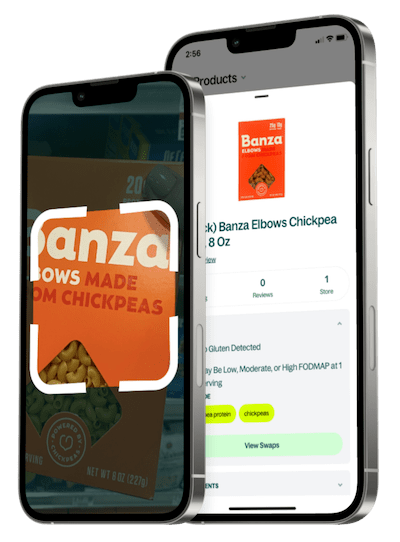Is Pure Protein Chocolate Peanut Butter Bars, 21.16 oz, 12 ct Gluten Free?

Description
Chocolate and peanut butter flavor is commonly described as rich and sweet, with a dense, chewy texture. Consumers use these bars as quick snacks, on-the-go meals, or between workouts. Reviews frequently note consistent portability and satisfying taste, though some mention occasional overly sweet or artificial aftertaste, and occasional packaging issues.

Description
Chocolate and peanut butter flavor is commonly described as rich and sweet, with a dense, chewy texture. Consumers use these bars as quick snacks, on-the-go meals, or between workouts. Reviews frequently note consistent portability and satisfying taste, though some mention occasional overly sweet or artificial aftertaste, and occasional packaging issues.
Ingredients
Chocolate Flavored Coating (Maltitol, Fractionated Palm Kernel Oil, Whey Protein Concentrate, Cocoa (Processed With Alkali), Calcium Carbonate, Natural Flavors, Soy Lecithin, Sucralose), Hydrolyzed Collagen, Peanut Flour, Protein Blend (Milk Protein Isolate, Whey Protein Isolate, Whey Protein Concentrate), Glycerin, Maltitol Syrup, Soy Crisps (Soy Protein Isolate, Tapioca Starch, Salt), Water, Peanuts, Peanut Oil, Sucrose, Salt, Natural Flavors, Sucralose, Almond Butter, Soy Lecithin
What is a Gluten Free diet?
A gluten-free diet excludes all foods containing gluten, a protein found in wheat, barley, rye, and their derivatives. It's essential for people with celiac disease, gluten intolerance, or wheat allergy, as consuming gluten can trigger inflammation and digestive issues. Common gluten-containing foods include bread, pasta, cereals, and baked goods, though many gluten-free alternatives now exist using rice, corn, or almond flour. Beyond medical necessity, some people choose a gluten-free lifestyle for perceived health benefits, though experts emphasize the importance of maintaining a balanced diet rich in fiber, vitamins, and minerals when eliminating gluten-containing grains.


